Post Phase Jam Thoughts
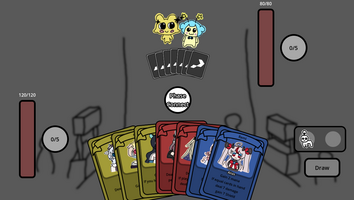
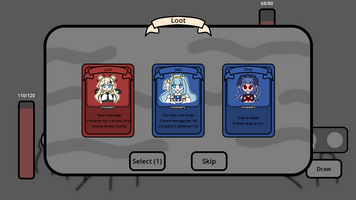
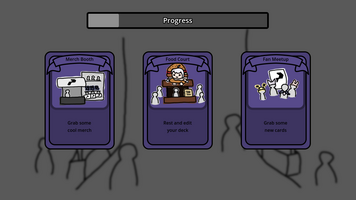
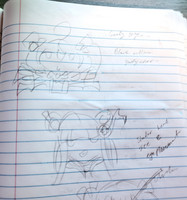
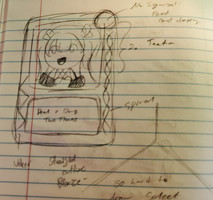

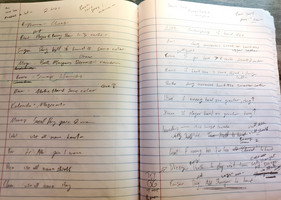
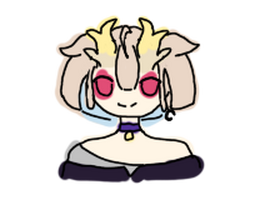
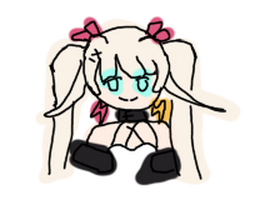
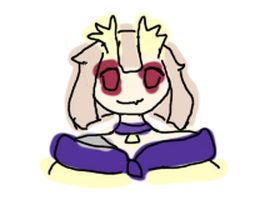
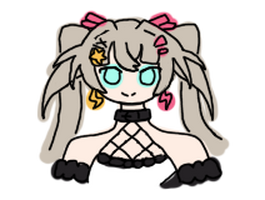
Intro
Hello, hello, and welcome to my ramblings. In this log I'm going to cover planning, coding, art and overall game design. I always learn a lot in these jams and really surprise myself with capabilities.
Planning
Going into these jam I had a couple ideas depending on the theme. One idea for 4th of July was a Jelly idle game where you fight off aliens and it would have an Independence Day vide. The other was a Runie Uno-esc game where in addition to playing Uno, you have unique spells and cards that mix it up. That idea changed into the Slay the Sakana because if I'm gonna have unique card mechanics, spells, and deck editing, I might as well create a deckbuilder.
One the first day I outlined a the general concept for the game and wrote out what all the cards generally did (all 27). This was really quick and maybe took me 2 - 3 hours. If you can't tell from the gameplay I game each generation a rough theme which made it super easy to come with easy. Origins is simple gameplay mechanics, Alias is contingency effects which kinda turned into hand size, Euphoria is card draw or manipulation, Kaleido is mana based, and Invaders in just stronger more unique cards. These themes are going to be blurred in the update, but the main takeaway for me is that smaller overarching themes are really helpful in these kind of projects.
I also use a notebook while working on projects which remains really helpful. Way better than notepad for me. Here's a few pages going over cards and me figuring out an art style.
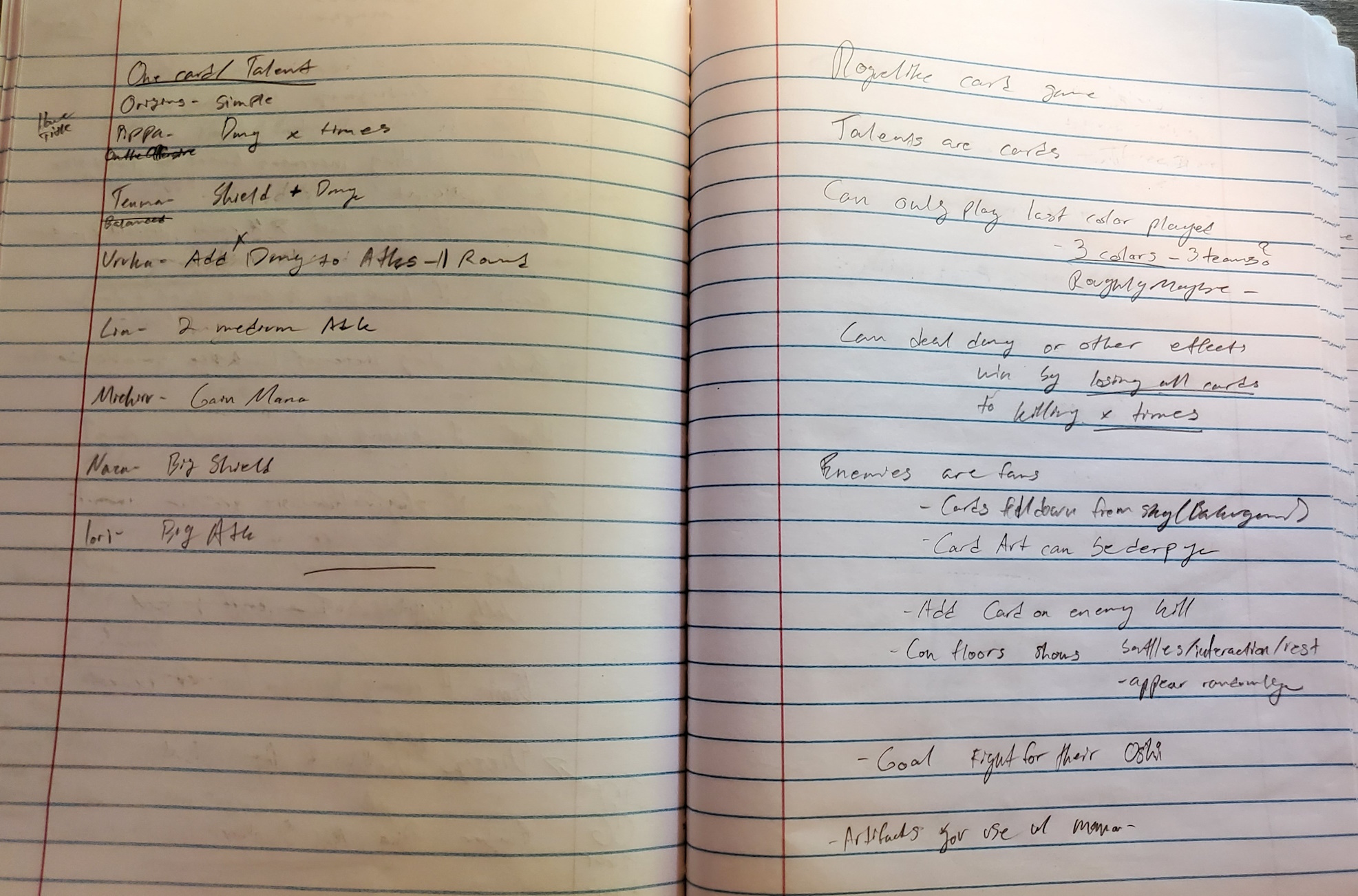
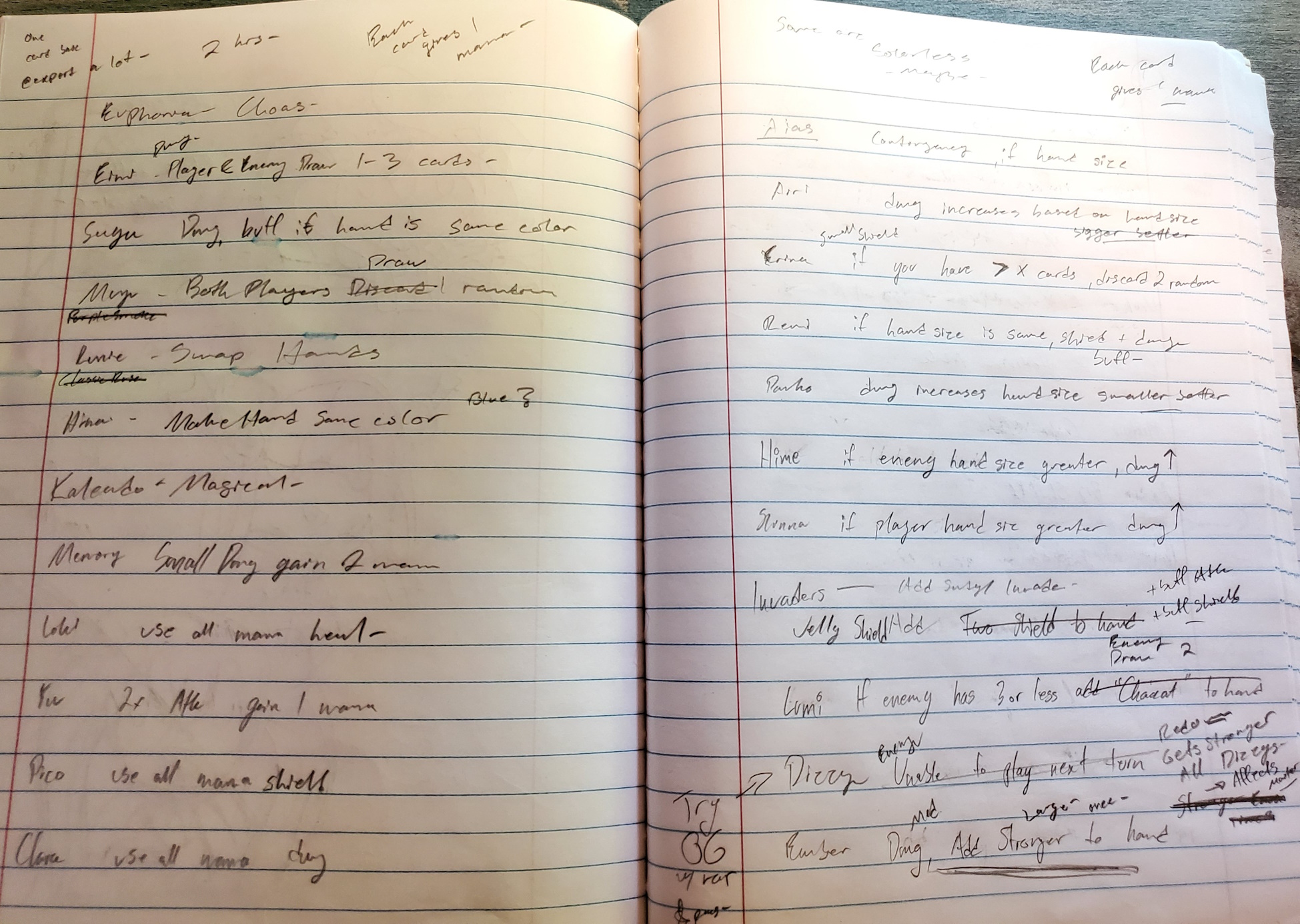
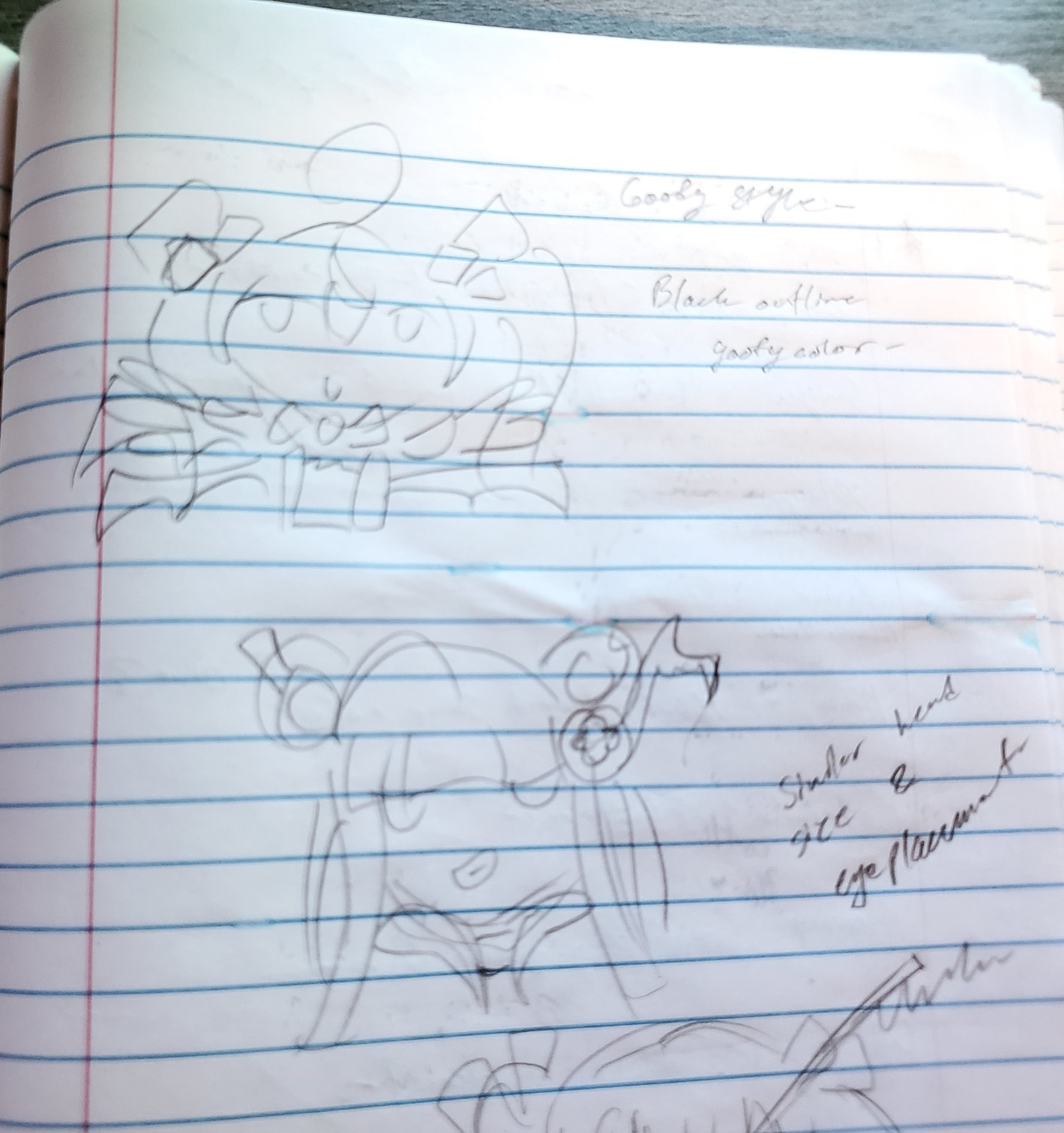
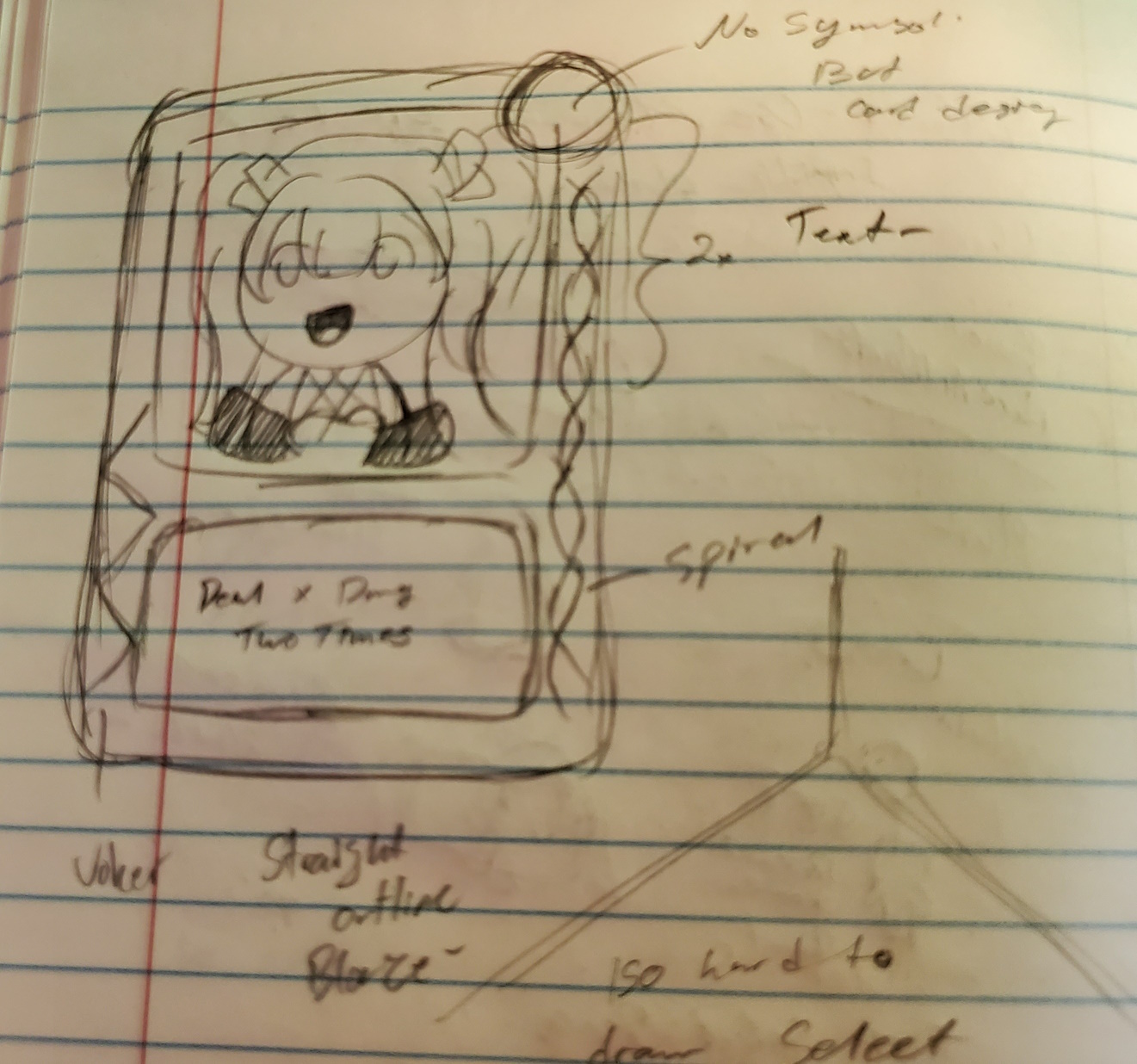
Scope Creep
I had a weird back and forth with scope creep this time around. I knew I had a lot on my place right off the bat just making 27 cards. Say it took about 15 minutes per drawing and coloring art. 15 minutes times 27 cards equals 6.75 hours just drawing cards (ideally). Which is super scary but only something I in theory can do in like half a day. That's kinda theme with scope creep is things being scary but not really that bad. Another good example of this was a had an idea to make cards have an outline if their ability was active. Mostly so that Alias cards made more sense. I really overthought how to do that during the jam, but when making the new update, I just added a sprite, and copied over the cards activation requirements. There were like two bugs doing this, but working though the problem vs overthinking really works.
Outside of not implementing every small quality of life addon or cool effect, I scheduled myself pretty well I had the 4th off work so I think I had combined like 6 full days to work on the game. After like day 3, I felt on or ahead of schedule.
Art
Art is always tricky for me, especially since I'm and amateur. I usually at least to give things a consistent style. I like the style of the card portraits and enemy, they work well are easy to draw. However, they kinda clash with the UI like the buttons, health bar, mana thing, and center thing. I tried redoing some of the UI elements and they just look worse. So I have not clue how to remedy that in this project. Either way creating kinda goofy similar styled buttons and such might have the move early on, but it probably wasn't and the designs were designed to clash.
One struggle I had on all my projects so far is that art near the end of the jam is way better than art at the start. Which is a great problem to have, but halfway through I keep on thinking, "I should redo this, I should recolor this." Moral of the story is save everything in the art program and a png copy because I will always change my mind I guess. Here's some art I did day one that was redone.
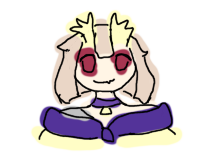
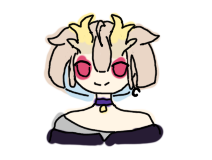
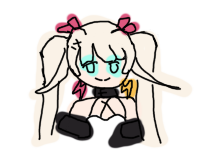

Coding
The code I reused was the base card drawing and fanning I made for an unfinished project. So most of what I coded was original, for better or worse.
When starting out, I knew a wanted one card item and generally made to make everything modular so I could easily add cards, areas, and enemies. I was generally really successful with this. There is a function to add a card, that is easily to enter. Card's properly call one main battle function to work. Enemy decks are super easy to make. It's crazy how properly coding something makes it easier to work with.
The part that didn't work well was... everything else. The components themselves are overall well designed, but the functions that connect them are all over the place. For example, after the initial hand is drawn, cards just snap into hand. The delays between the player playing a card, the enemy playing and card, and all card interactions are snappy, rough, and look awful in the code. On the last day, I let my friend try out the game and he found a bug where you could play a card after you lose and continue the game just with a "You Lose" hover. What I think happened was he swapped the animation playing before it could finished, stopping the reset function to be called. That's purely just me throwing around animation players and functions to force things to happen rather than planning them out. The easy and scuffed takeaway is that I really should only dedicate animation players to one or two things for these use cases. But in reality, mapping a clear flowchart of events ahead of time is the move.
Game Design
Going back to my initial list of ideas and mechanics, I had no plans for progression, or storytelling. I didn't even think to add some core mechanics like generations. I came up with generations on a whim when I remember that Uno cards need both a number and color to be functional. A lot of the game design came as a result of me just working through it rather than planning. Looking back that may be for the better since I never really forced a game mechanic or form of presentation. I often write up brief ideas just to see what sticks. I usually try to start with a overarching story or goal. This time around I started with minimal mechanics and everything else just followed. So maybe just getting started works best for me.
End Notes
Overall, I'm really happy when the game. It plays in a fun unique way. I really like the "Color" mechanic and it's an interesting way to balance the game. You could have 3 cards that could easily kill an enemy, but the challenge is getting a good opportunity. It also creates an interesting learning curve when you slowly learn what enemies can and cannot do and take calculated risks on what they draw. As stated earlier, I'm always surprised by how much I learn quickly in this great Phase Jam environment. Thanks to everyone who participated and helped me grow!
Leave a comment
Log in with itch.io to leave a comment.